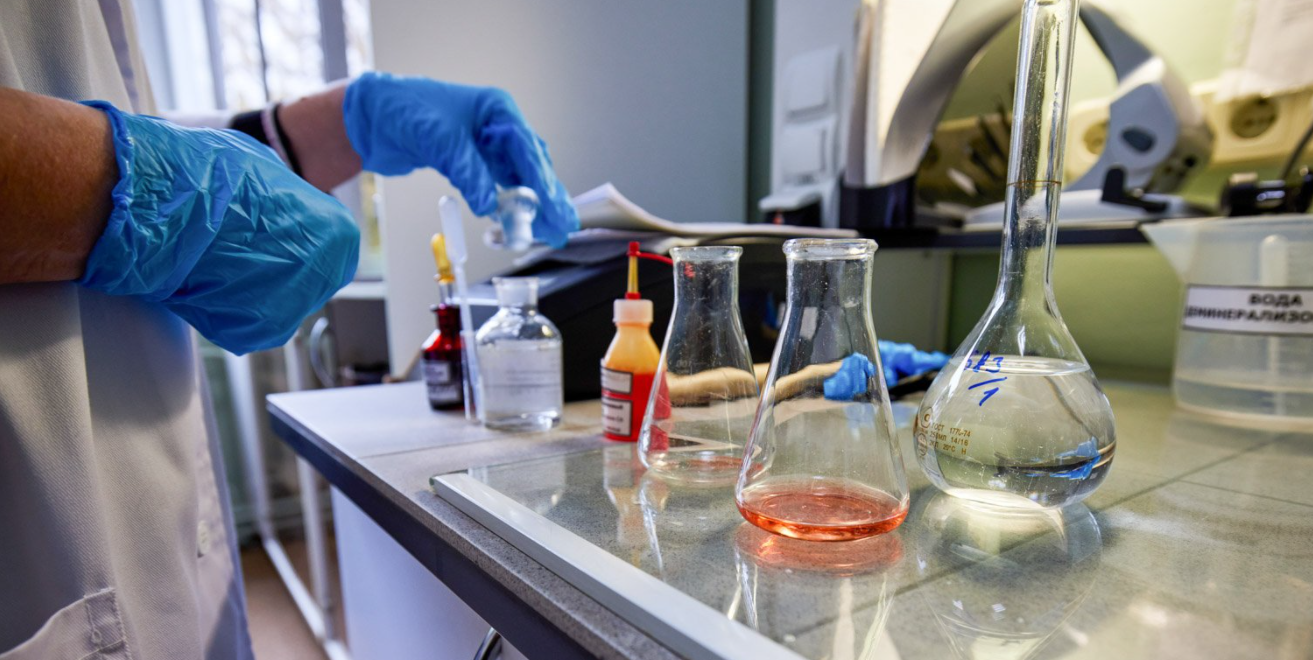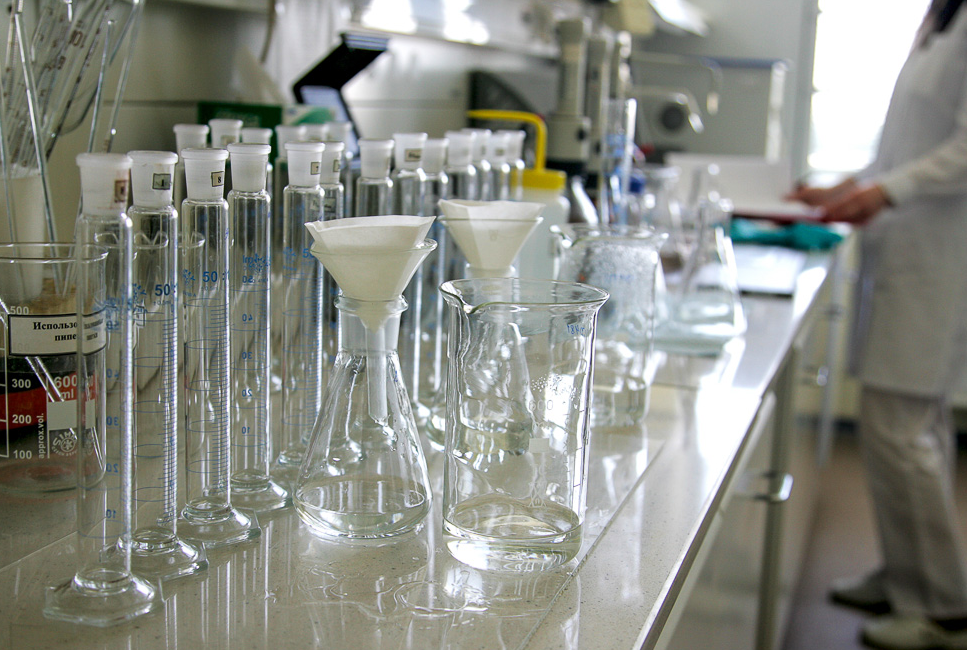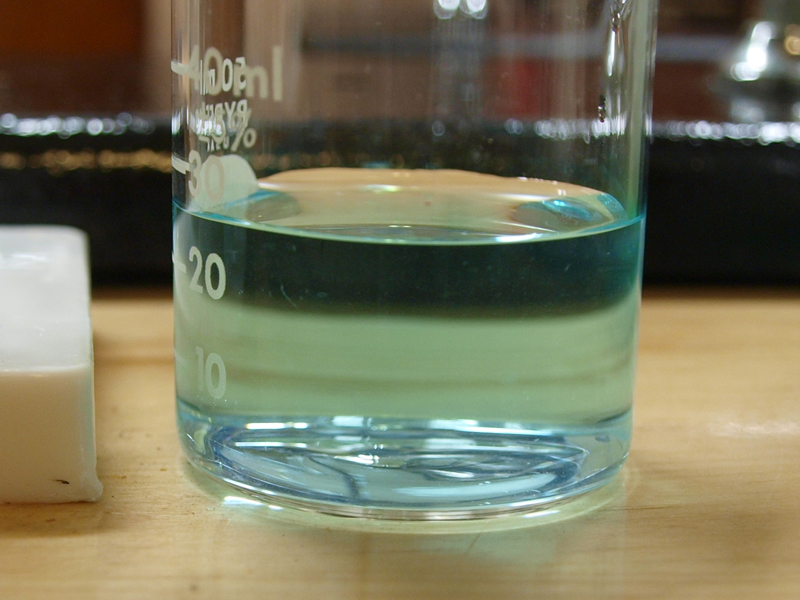The principle of using stannous chloride to detect total phosphorus in water is actually very similar to the determination of some substances such as cocoa. All of them use the substances detected in water to react with ammonium molybdate or other reagents to form complexes. These complexes can be reduced to molybdenum blue or other substances by stannous chloride again, which can be detected within a certain range. , and the spectrophotometric value of the color of the solution is proportional to the content of the detected substance.

Reagents and instruments required for testing
Testing equipment
1. Kelvin flask 100mL
2. Spectrophotometer
Detection reagent
1. Tin chloride glycerol solution
Dissolve 2.5g of stannous chloride in 100mL of glycerin, dissolve in a hot laboratory first-grade pure water bath, and store it in a brown bottle after uniformity. This solution can be stored and used for a long time.
2. Concentrated sulfuric acid 1.84g/mL
3. Perchloric acid 1.67g/mL
4. Ascorbic acid
5. Ammonia laboratory first-grade pure aqueous solution 50%
Take 50mL of concentrated ammonia laboratory first-grade pure water and dilute it to 100mL with laboratory first-grade pure water.
6. Sulfuric acid solution 20%
Take 20mL of concentrated sulfuric acid and add it to laboratory first-grade pure water to dilute to 100mL.
7. Ammonium molybdate acid solution
2.5 g of ammonium molybdate were dissolved in 100 mL of sulfuric acid solution.
8. Sulfuric acid solution 20mol/L
Take 55.6mL of concentrated sulfuric acid and slowly add it to laboratory first-grade pure water to dilute to 100mL.
9. Total Phosphorus Standard Stock Solution
Dry potassium dihydrogen phosphate at 110°C for 2 hours, then cool in a desiccator, weigh 0.2195g ± 0.0002g and dissolve it in laboratory first-grade pure water and dilute to 100mL. 1mL of this stock solution contains 0.5mg of total phosphorus.
10. Total phosphorus standard solution
Pipette 10 mL of total phosphorus standard stock solution and dilute to 500 mL with water. 1 mL of this solution contains 0.01 mg of total phosphorus.
11. Phenolphthalein-ethanol solution
Weigh 0.5 g of phenolphthalein and dissolve it in 100 mL of absolute ethanol.

Detection steps
Determination of water samples
1. Take 20mL of the experimental sample and transfer it into a 100mL Kelvin flask. If the sample is less than 20mL, use laboratory first-grade pure water to make up, add 1mL of concentrated sulfuric acid and 1mL of perchloric acid, cover the mouth of the Kelvin flask with a small funnel, and put it in a fume hood Heat on the electric furnace inside for 30min-1h, continue heating for 10min until white smoke emerges, the solution is colorless and transparent, and after cooling, make up to 50mL.
2. Take 25mL of the digestion solution into a 50mL colorimetric tube, add 1 drop of phenolphthalein indicator, adjust it to reddish with ammonia solution, and dilute to 45mL with laboratory first-grade pure water.
3. In the adjusted pH solution, add 1 mL of sulfuric acid solution, then add 2 mL of ammonium molybdate acid solution, shake evenly, add 4 drops of stannous chloride glycerin solution, dilute with water to 50 mL, shake evenly, color development speed and color The depth of the paint is related to the temperature. The color will deepen by 1% for every 1°C higher in temperature. The temperature should be strictly controlled. Therefore, the temperature of water samples, standard solutions and reagents should not differ by more than 2 degrees Celsius from each other, and should be kept between 20°C and 30°C.
4. Carry out colorimetric measurement after 10 minutes of color development, and the measurement should be completed within 20 minutes. Use a 10mm cuvette at a wavelength of 690nm and use laboratory first-grade pure water as a reference to detect its absorbance. Subtract the absorbance of the blank test from the measured absorbance to obtain the corrected absorbance.

Draw working curve
Take 6 100mL Kelvin flasks, add 0mL, 2.00mL, 4.00mL, 6.00mL, 8.00mL, and 10.00mL of total phosphorus standard use solution respectively, and follow the detection steps. Take 25mL of the digestion solution, and take the corrected absorbance as the ordinate, The corresponding concentrations of each point are 0mg/L, 0.20mg/L, 0.40mg/L, 0.60mg/L, 0.80mg/L, 1.00mg/L as the abscissa to draw the working curve.
Blank test
Use 20mL laboratory first-grade pure water to measure the blank water sample according to the detection steps, and use the measured absorbance to check the blank value on the working curve. If the blank value exceeds the confidence interval, the cause needs to be detected in time.



